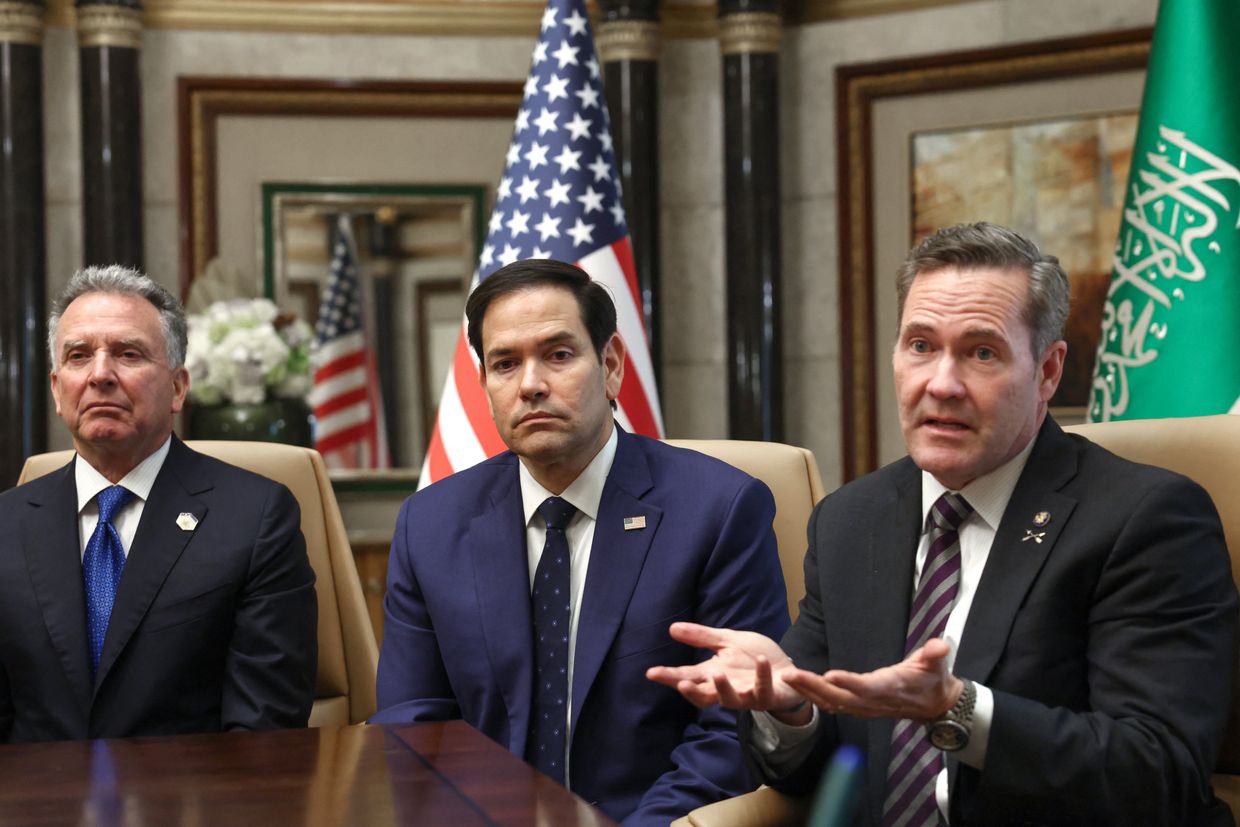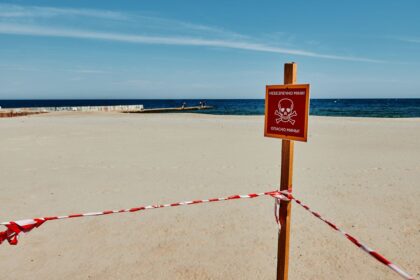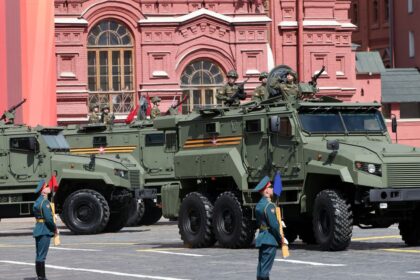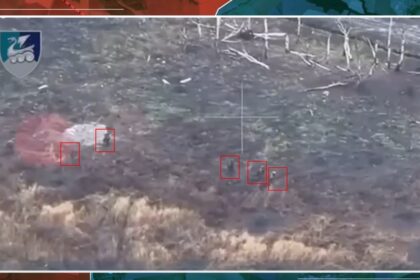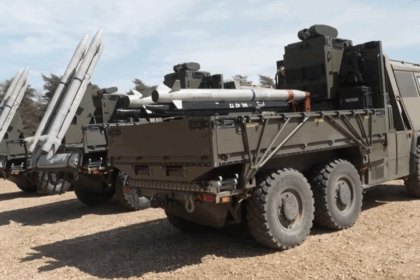**US Peace Proposal for Ukraine Conflict Sparks Controversy**
A draft peace proposal from the United States, presented to European officials in Paris on April 17, has been made public by Reuters. The document offers a glimpse into the Trump administration’s plan to end Russia’s full-scale war in Ukraine. However, the US text diverges significantly from the Ukrainian-European proposal, sparking controversy and raising questions about the feasibility of a peaceful resolution.
**Key Differences Between US and EU Proposals**
One of the most striking differences between the two proposals is their approach to territorial issues. The US draft proposes to legally recognize Russia’s annexation of Crimea in 2014 and de facto accept Russian control over Ukrainian territory seized since 2022. In contrast, the Ukrainian-European proposal insists that territorial questions should only be addressed after a full ceasefire, starting from the basis of the line of control.
Another key difference lies in security guarantees. The US text offers vague language about a “robust security guarantee” for Ukraine to be provided by unspecified European and “friendly” countries. However, this would require Kyiv to abandon its bid to join NATO. In contrast, the Ukrainian-European proposal calls for reliable, enforceable guarantees from allies – including the US – and rejects limits on Ukraine’s military or its ability to host allied forces.
**Sanctions Policy Also a Point of Disagreement**
The two proposals also diverge sharply on sanctions policy. The US plan calls for lifting sanctions imposed on Russia since 2014, including those related to Crimea. In contrast, the Ukrainian-European text proposes sanctions relief only after establishing a “sustainable peace” and includes mechanisms to reimpose them if Russia violates any agreement.
**Ukraine’s Rejection of Territorial Concessions**
President Volodymyr Zelensky has firmly rejected any peace terms involving territorial concessions. In a statement on April 22, he said, “This violates our Constitution. This is our territory, the territory of the people of Ukraine.” Ukraine has already accepted a 30-day ceasefire proposal introduced by the US in March, provided Russia reciprocates. However, Moscow has so far rejected the ceasefire and continues offensive operations across the front.
**Commentary**
The publication of the US peace proposal raises more questions than answers about the feasibility of a peaceful resolution to the conflict in Ukraine. The key differences between the US and EU proposals highlight the challenges ahead for any potential agreement. The rejection by President Zelensky of territorial concessions is a significant setback for the US plan, which had promised concessions on core political issues.
**Deeper Analysis**
The publication of the US peace proposal also raises questions about the Trump administration’s approach to dealing with Russia and Ukraine. Despite promising to end the war swiftly, US President Donald Trump has yet to impose new sanctions or take other steps to pressure the Kremlin. The lack of clear action on sanctions or security guarantees undermines confidence in the US commitment to resolving the conflict.
The Ukrainian-European proposal offers a more comprehensive and robust approach to peace negotiations, emphasizing reliable security guarantees, sanctions relief tied to sustainable peace, and territorial issues resolved through a ceasefire. However, the rejection by Moscow of even a 30-day ceasefire raises doubts about the ability of Russia to compromise on core issues.
Ultimately, the publication of the US peace proposal highlights the complexities and challenges ahead for resolving the conflict in Ukraine.




